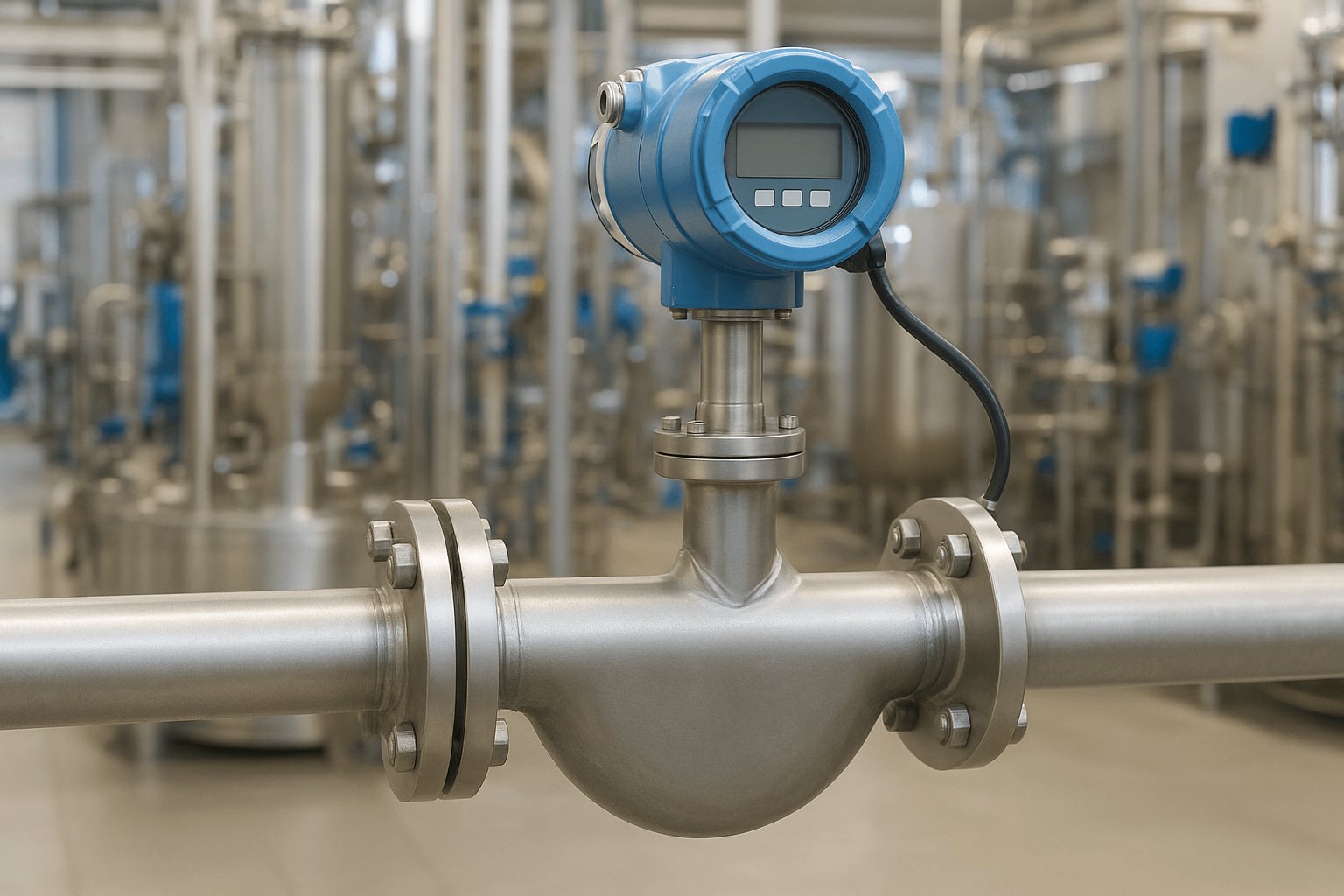Unveiling the Power Source: What Fuel Does Your Makita Blower Use?
When it comes to maintaining a pristine outdoor space, a reliable blower is an essential tool for homeowners and professionals alike. Among the myriad of brands available, Makita stands out for its commitment to quality and performance. However, one question frequently arises: What fuel does a Makita blower use? This inquiry is crucial for ensuring optimal performance and longevity of the equipment. In this article, we will delve into the specifics of fuel types used in Makita blowers, their implications for performance, and best practices for maintenance.
Understanding Makita Blowers
Makita offers a range of blowers, including electric and gas-powered models. Each type has its unique fuel requirements, and understanding these is vital for users to maximize their equipment's efficiency.
Electric Blowers
Electric Makita blowers are powered by electricity, either through a direct plug-in or a rechargeable battery. These models are particularly popular for residential use due to their ease of operation, low noise levels, and minimal maintenance requirements.
- Power Source:
- Corded Models: These blowers require a standard electrical outlet, typically operating at 120 volts. Users should ensure that the extension cords used are rated for outdoor use and can handle the blower's power requirements.
- Cordless Models: These utilize Makita's proprietary lithium-ion batteries, which offer various voltage options (usually 18V or 36V). The choice of battery impacts the blower's runtime and power output.
- Advantages:
- Environmentally Friendly: Electric blowers produce zero emissions during operation, making them a sustainable choice for eco-conscious users.
- Low Maintenance: With fewer moving parts, electric models require less maintenance compared to their gas counterparts.
Gas-Powered Blowers
For those who require more power and mobility, Makita's gas-powered blowers are an excellent choice. These models typically use a mixture of gasoline and two-stroke engine oil.
- Fuel Composition:
- Gasoline: Regular unleaded gasoline is commonly used, with an octane rating of 87 or higher recommended.
- Two-Stroke Engine Oil: This oil must be mixed with gasoline at a specific ratio, usually 50:1 (gasoline to oil), although some models may require a different ratio. It is crucial to refer to the user manual for the exact specifications.
- Performance Considerations:
- Power and Efficiency: Gas-powered blowers generally provide greater airflow and are suitable for larger areas or tougher debris.
- Mobility: Without the constraints of a power cord, gas blowers offer greater freedom of movement, making them ideal for extensive landscaping tasks.
Choosing the Right Fuel
Selecting the appropriate fuel for your Makita blower is essential for optimal performance. Here are some tips to ensure you are using the right fuel:
- Consult the User Manual: Always refer to the specific model's user manual for detailed fuel requirements and mixing ratios. This ensures compliance with manufacturer specifications and helps avoid potential damage.
- Use Quality Fuels: For gas-powered models, opt for high-quality gasoline and two-stroke oil. Low-quality fuels can lead to engine knocking, reduced efficiency, and increased emissions.
- Regular Maintenance: Regularly check and replace fuel filters, spark plugs, and air filters as recommended in the user manual. This practice helps maintain engine performance and prolongs the life of the blower.
Conclusion
Understanding what fuel your Makita blower uses is crucial for ensuring its efficiency and longevity. Whether you opt for an electric model or a gas-powered one, adhering to the manufacturer's guidelines and using quality fuels will enhance your blower's performance. By investing time in proper maintenance and fuel selection, you can keep your outdoor spaces looking pristine while maximizing the lifespan of your equipment.



